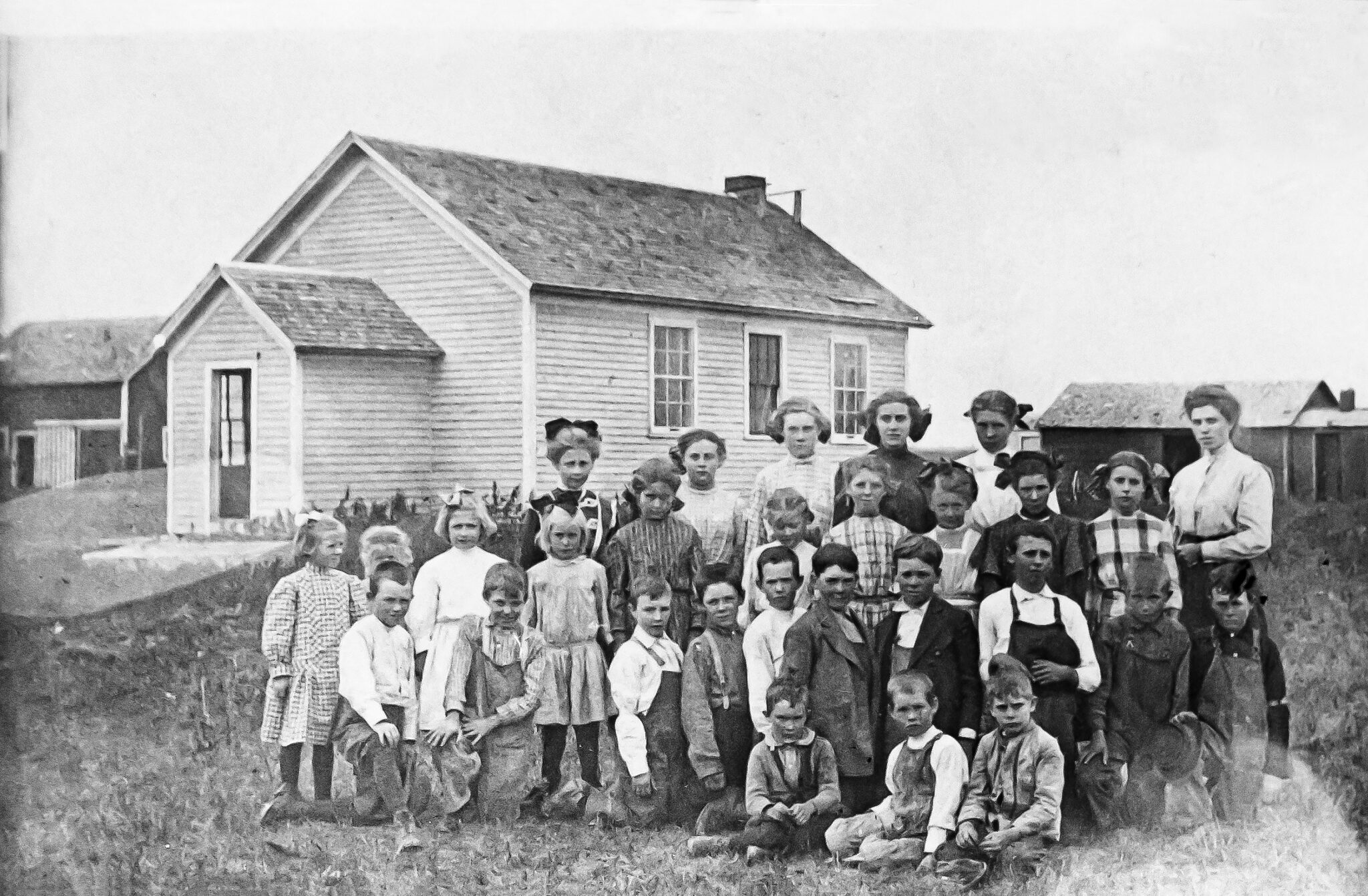

One hundred ten years ago, superintendent M.M. Guhin launched the first commencement exercises for eighth-grade graduates of Brown County rural schools. He hoped to promote pride in the places that hosted the schools. Hearing from some former country school students, he was successful.
The last Brown County country schools closed about a half-century ago, but for some area residents, they remain treasured—if, even to them, sometimes amusing—memories. While many might respond as Lynn Hanson’s granddaughter did when she asked Lynn to talk about her school days— “Grandma, you’re making this up!”—it’s all true.

Meda Lathrop was a teacher at one of the country schools in 1910. Photo courtesy of Dacotah Prairie Museum.
History
Brown County’s first school was established in 1881 near Putney with 13 students. Soon thereafter, the territorial legislature required each township to dedicate two sections of land for schools. By 1893, Brown County had 160 schools. Guhin supervised about the same number when he was elected superintendent in 1910 to oversee 200 teachers and nearly 3,000 students. The number of schools gravitated in the mid-hundreds, with more than twice as many students, until around World War II, when consolidation, population movement, and lack of teachers caused decline. Ultimately, students made their way to schools in towns. Today, seven school districts (three based outside the county) serve Brown County with far fewer and much larger schools.
With so many schools, it’s not surprising that none of the five people I spoke with—who attended between the 1940s and 1960s—attended the same schools. These schools officially had numbers to identify them, but they became known for whatever family lived closest. Lynn attended the Davis School near the Davis family, for example.
And they often were like family schools. Besides siblings, there were often cousins among schoolmates. Jerry Krueger went to Wetonka School in Edmunds County for first grade, North Pembroke for second, then back to Wetonka for third after North Pembroke closed.
“There were only three of us in school in first grade, and we were all related,” he said. “Later a family of three boys moved in, and all the students were cousins.” Mike McHugh, whose Prairie View School in Ordway usually had about 13 students altogether, said his mother went to Ordway School with 26 first cousins.
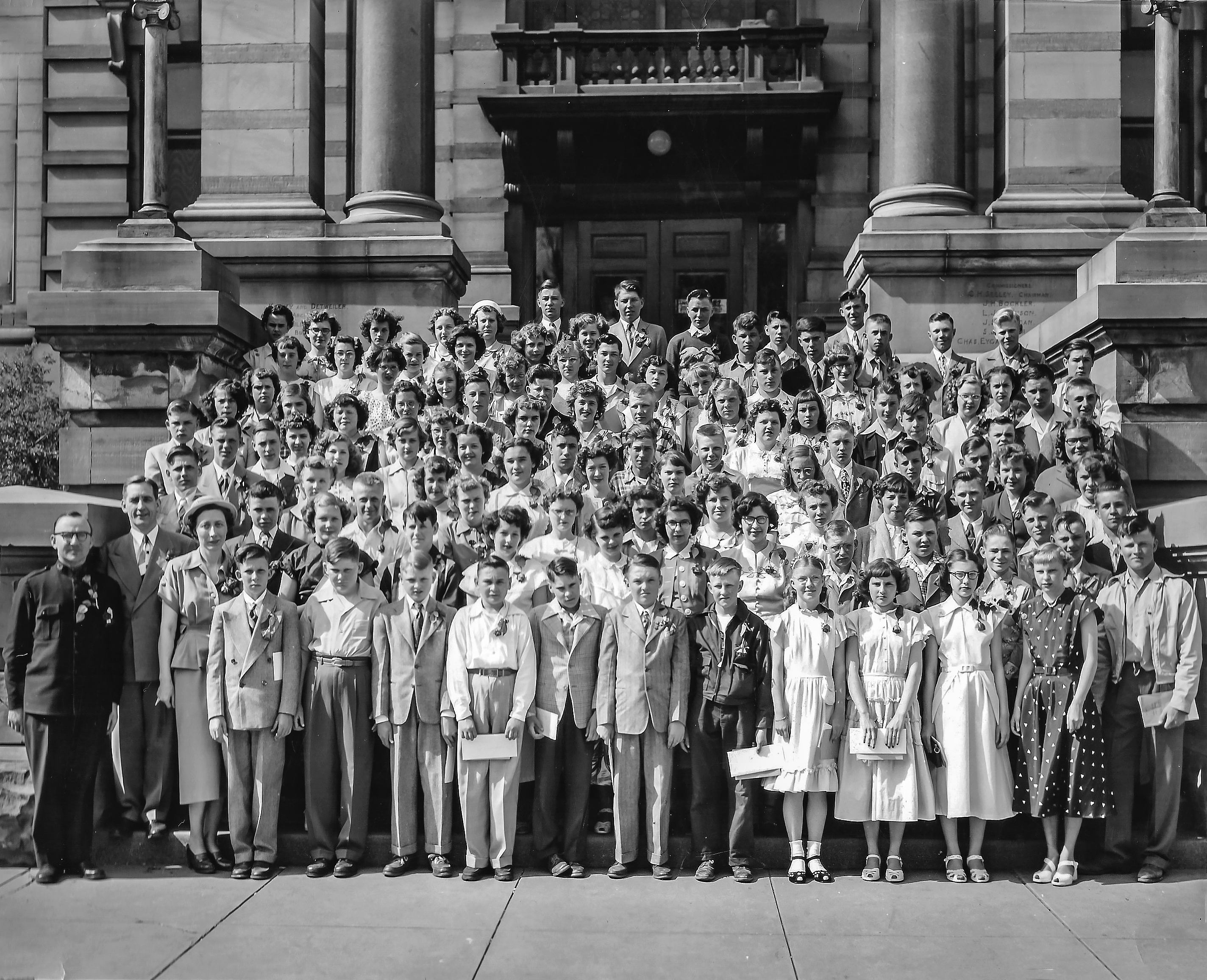
Valerie Nixon’s photo from her 8th grade graduation in 1950. Graduation ceremonies were often held at the Brown County Courthouse and included students from several different schools.
These close relations sometimes included the teachers. Betty Palmer Beyer went to Rudolph School southwest of Aberdeen with a family whose older sister was their teacher. When Rudolph closed, she moved east to Sunshine School, where her sister taught one year. “We did not get along well,” she said.
Valerie Larson Nixon, who attended All Star School in Palmyra (and doesn’t know how it got its name) said “My mother, a former teacher, became our substitute teacher. That was interesting.”
School Building
The buildings tended to be similar. Often constructed before electricity came, schools had large windows typically on the east and west sides. After light, the next key feature was a stove or furnace, which might be in the middle of the building, near the entrance, or in the basement if there was one. Lynn’s teacher had to get in early to get the basement furnace going.
“Sometimes a parent sent soup that we put on the grate in the floor to keep warm until lunch,” she said, “and I knew we would have a hot meal.”
Maybe the next most important feature was outside, the outhouse (usually two). Betty said Sunshine School “had chemical toilets so we didn’t have to go outside.” Some schools also had barns for the horses some children rode to school. Other than that, there usually wasn’t much outside.
Teachers
Teachers were, obviously, a central part of the country school experience, and maybe the only adult students saw daily other than their parents. Despite this, while my interviewees had stories about teachers, they didn’t always remember names — perhaps because teachers didn’t stay long.
Valerie had different teachers each year and thought, “It seemed they taught a year, got married and started a family.”
If the teacher got married, Betty observed, their contract prevented them from teaching anymore.
With young teachers having little training, the quality varied. He never had any ‘lemons,’ but Jerry said some were ‘hard to learn from.’
“The best teachers,” he added, “were the ones who got a six-week certificate from Northern to teach in rural schools.”
Betty called them “six-week wonders.” A teacher herself, she’s sympathetic to the teachers’ situation. “The teacher may have had only a few students,” she said, “but they were in several different grades, and she had to teach several subjects. It was not easy work.”
Teachers often boarded near the school in the home of a student’s family. One of Jerry’s teachers boarded at his home and drove him to school. Some teachers lived in the school. Lynn remembers one who slept on a cot at the school during the week.
Students had little idea what the Brown County superintendent’s job was, other than being intimidating. Helen Bergh, one of Brown County’s best-known country school teachers, wrote of seeing M.M. Guhin coming to her childhood school and being “scared to death of him” (about twenty years later, she attended his surprise birthday party).
Jerry remembers the Edmunds County superintendent coming once a month. “He was kind of a tyrant,” he said, “and we were afraid of him.”
The superintendent’s job was to supervise instruction, of course, which meant visiting schools. Genevieve Arntz, who became Brown County superintendent in 1939, drove 5,000 miles a year to visit each school at least twice. In addition, Mike said “A school board for each township was responsible for the teacher doing her job and upkeep of school.”
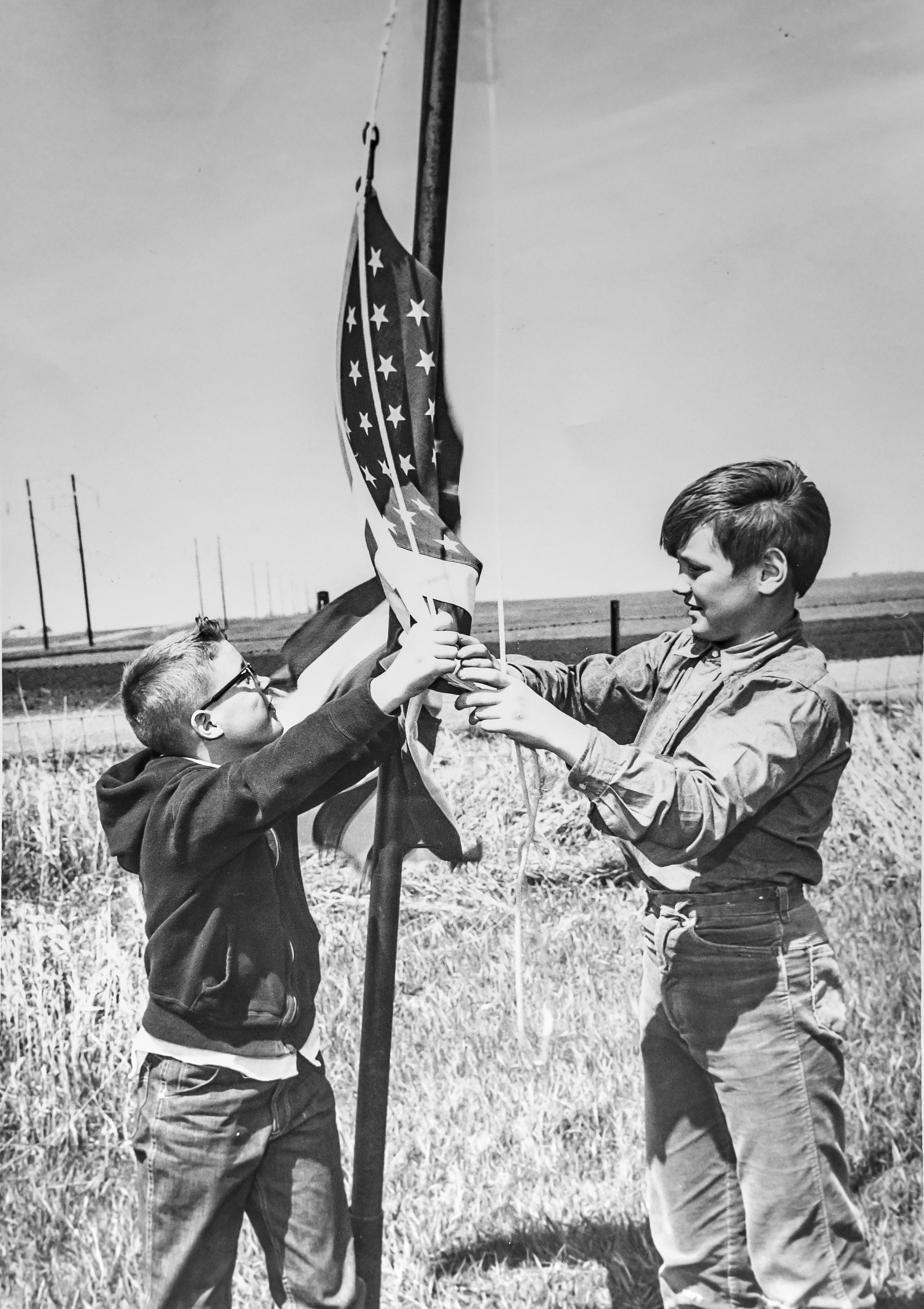
Parliamentary procedure and the Pledge of Allegiance were very important in country schools. Photo courtesy of Dacotah Prairie Museum.
Education
Most schools covered grades 1-8 in one room, which required flexibility in teaching grade-level subjects when younger and older students were there. Teachers often taught multiple grades at a time, particularly when there were few students. Valerie says she usually had two classmates, but her brother and sister, who were a year older and younger, were usually alone in their grade and might join Valerie’s lessons.
Lynn remembers learning reading, writing and math, but not much history, noting “When would there be time if all the grades had to learn things individually?” Typically the students being taught came to the front of the room to sit around the teacher.
Betty giggled about sitting on a bench in front of the teacher. “If the teacher wasn’t looking,” she said, “we would swing back and forth to get it rocking.”
The one employee in the building, responsible for everything from teaching to cleaning, needed help, so everyone pitched in. Betty said families took turns bringing water, and if there was a well on the school grounds, students drew the water. Valerie added that two students were selected to put out the flag in the morning and take it down at night. The boys had to put coal in the furnace in the morning and stoke the coals at night.
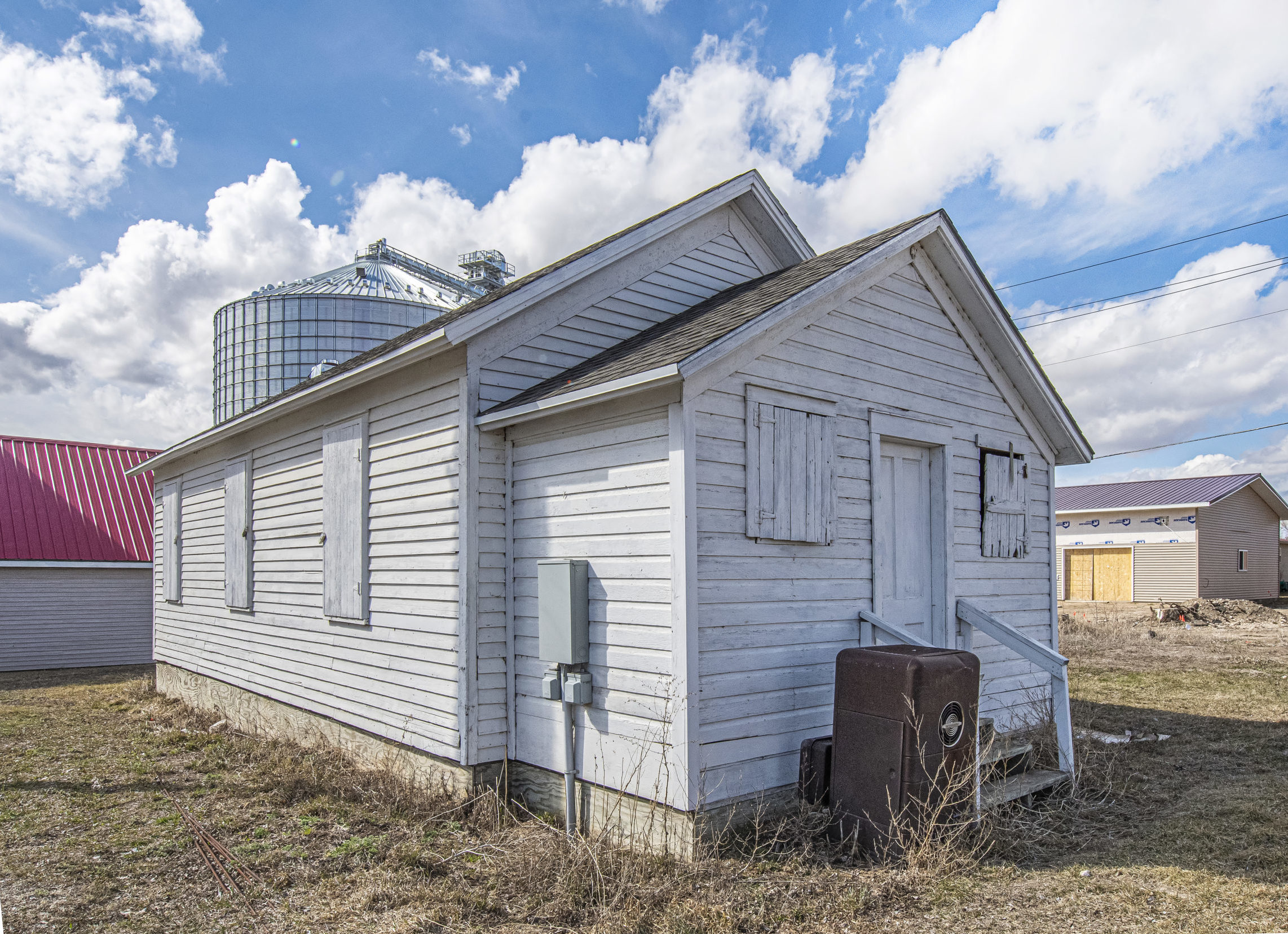
Once use of the Senn school concluded, it was moved to Fredrick for preservation. Photo by Troy McQuillen.
All Work and No Play
For many students during recess, you made do with what you had, which was often nothing for playground equipment. They played many games, including Annie I Over, Ring around the Rosie, and Pom Pom Pullaway. Lynn remembers catching gophers at recess—that is, “I didn’t; the boys did.” Valerie recalled, “At recess, everyone played. Everyone was included in what they played.”
Although Mike doesn’t recall snow days, Jerry remembers snow. “Big snowstorms would lock us in our homes because no one plowed very often. We had to walk to school over snowbanks,” and he smiled, “but it was only two miles.”
Valerie’s dad put runners on the horse-drawn hay wagon to take them to school. “We sat in the straw to keep warm,” she said.
From 1928 to 1970, the country schools performed in a joint Rural Chorus, in which students around the county learned songs in their own schools then came together to perform as a large group, typically in Aberdeen, often accompanied by Miss Helen Bergh. Aberdeen business people convinced WNAX, the Yankton radio station, to broadcast the first concert.

Mike McHugh’s class of 13 students at Prairie View School in Ordway. Teachers often taught for only a year or two.
Guhin launched the Young Citizens League in Brown County to promote citizenship through student learning and, more importantly, practice. It became widely popular.
“We had meetings, and officers were elected, and ‘committees’ were appointed to do chores like raising and lowering the flag and cleaning erasers,” Valerie said. “YCL was very important in country schools.” Jerry added, “It developed real appreciation for government. I wonder if we should teach that again.”
Commencing
The eight years of country school was central to these people’s lives. Valerie still remembers her eighth-grade graduation at the County courthouse overseen by Ruth Johnson, Brown County’s last superintendent. Then they went to high school.
Most attended Central High School, which was an adjustment. From his country school, Mike “went from 12-13 students to 93 at Sacred Heart School for ninth grade to 435 in my class at Central—1,300 total students. It was culture shock. I still see people I went to Central with but never knew.” Jerry lived with his aunt in Aberdeen. “I was scared to death, but two Aberdeen students befriended me,” he said. “They’re always special to me.”
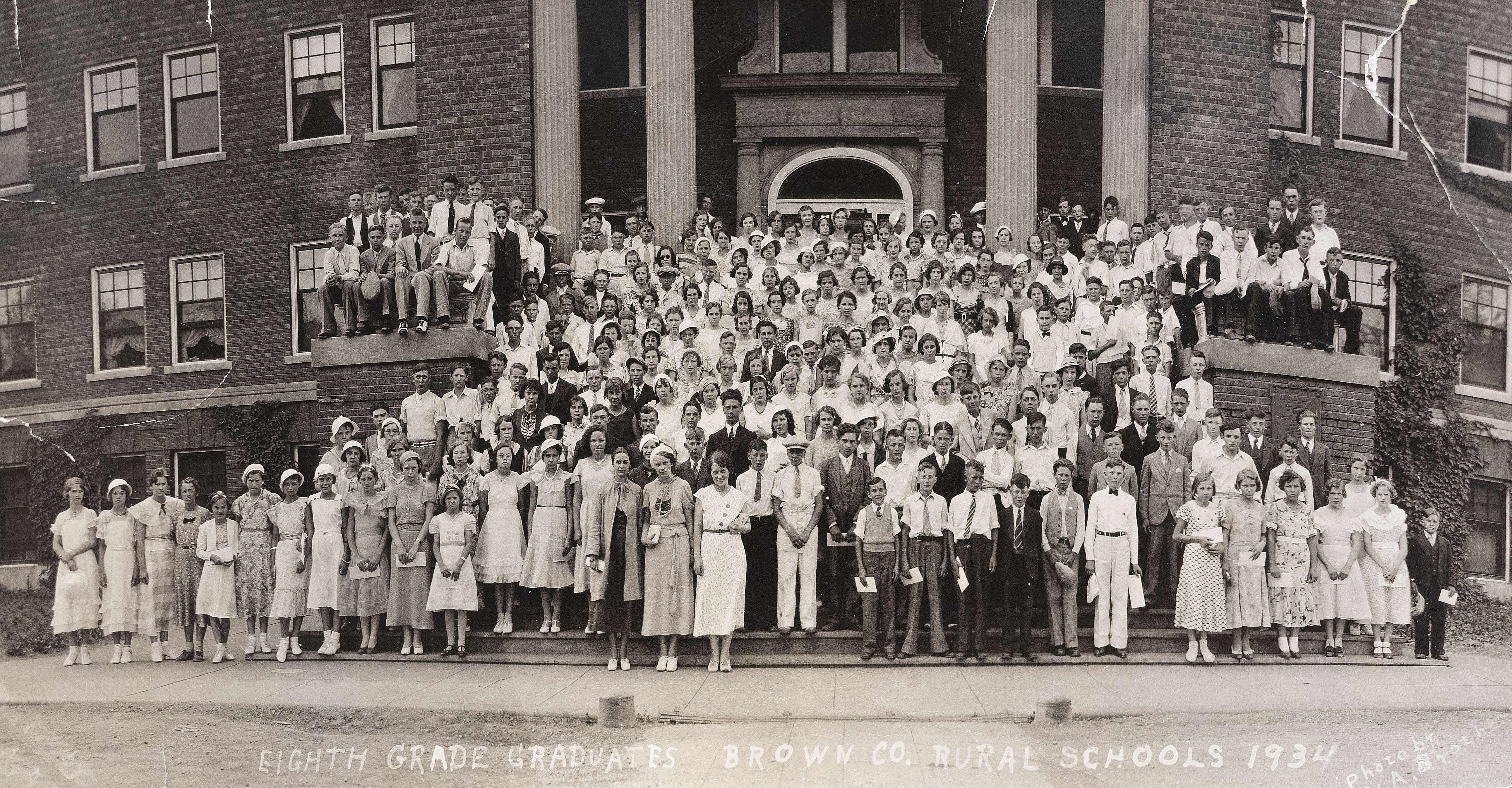
The class of 1934’s graduation photo in front of Lincoln Hall on Northern State University’s campus. Photo courtesy of Dacotah Prairie Museum.
Mike concludes, “I’m not sure if the education would have been better in a bigger school. I believe it depends on parental input and student interest.” However well prepared they were for high school, it’s safe to say these folks felt ready for life.
Betty believes, “Kids today have no idea what we grew up with, but I think it was better.” A compassionate woman who went to country school during World War II and collected milkweed pods for life-saving military equipment, in our conversation during the early days of the invasion of Ukraine, she worried more about what children today are going through.
Decades later, long after they graduated from their country schools, the memories are mostly good—if sometimes told in near disbelief by those who lived them—but they reflect an experience they all appreciate. As M.M. Guhin hoped, they are proud.
Jerry probably speaks for all. “It was a wonderful experience, but I didn’t know it until I got to Aberdeen,” he said. “It was beautiful! I got a great education.” //
Note: In addition to the interviewees, thank you to K.O. Lee Aberdeen Public Library, Dacotah Prairie Museum, and Brown County Auditor’s Office for research assistance.
 The Rural Educator: M.M. Guhin 1871-1941
The Rural Educator: M.M. Guhin 1871-1941
Michael Miles Guhin was very influential in rural education. A superintendent, Northern Normal & Industrial School instructor, State Office of Public Instruction official, and educational publisher, inventor, and entrepreneur, his story is captured in Children Are People: M.M. Guhin, Educator, by Emily Guhin, who spoke about some of his contributions.
As county superintendent, she said “he had to visit 164 rural schools covering many miles, he had to conduct institutes for the teachers (like in-service training) and do all he could to encourage teachers to upgrade their certificates. He had to evaluate the facilities at each site.”
After a stint at Northern, he went to the state Office of Public Instruction, where he edited the Better Rural School Bulletin.
“He liked doing things that helped teachers do their jobs better,” Emily said. When the State stopped producing the Bulletin, he brought it back to Aberdeen to publish, later replacing it with The Rural Educator.
Back at Northern, he worked with Rural Demonstration Schools, country schools where teaching students would practice teaching with experienced teachers. He also opened Hub City School Supply, where he sold the flash card machine he invented— “an educational tool to allow a student to study math while the teacher focused on other students and grades,” she explains.
Unlike many educators, Emily noted, Guhin “was known throughout the state.” She wrote the book because, “he had accomplished a lot in his lifetime, and I didn’t want people to forget about him.”
 Miss Helen Bergh: 1908-2002
Miss Helen Bergh: 1908-2002
Although she taught in only two schools in her 43-year rural teaching career, Miss Helen Bergh (newspapers usually included the Miss) became very well known as a local educator, historian and more. A few highlights:
- Attended Brookside School and Central
- Received one-year teaching certificate (1927); State Teaching Certificate (1934); bachelor’s (1943); and master’s (1956) from Northern
- Taught at Mertz School 1927-28
- Taught at Brookside School 1929-1970
- Trained teacher candidates for 35 years
- Actively involved with many organizations: American Association of University Women, Association for Childhood Education, Brown County Territorial Pioneers, Brown County Museum and Historical Society, and more
- Dacotah Prairie Museum board member, interim director, curator of education 1971-1990
- First recipient of Friend of Education Award from Aberdeen Education Association 1977
- First Lady of Aberdeen 1978
- NSU Distinguished Alumni 1992
- South Dakota Hall of Fame inductee 1997











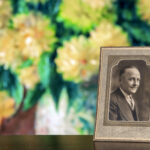
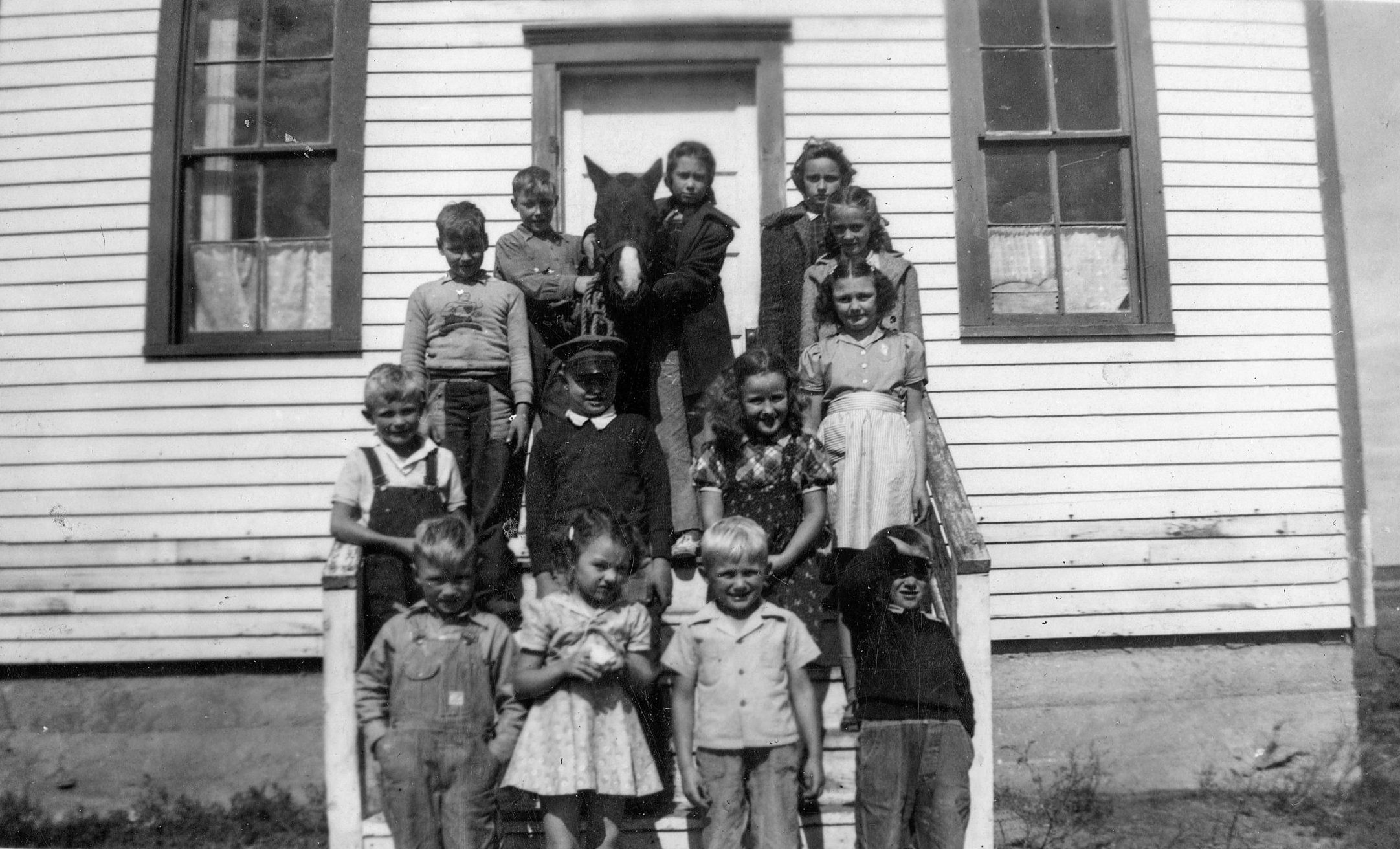
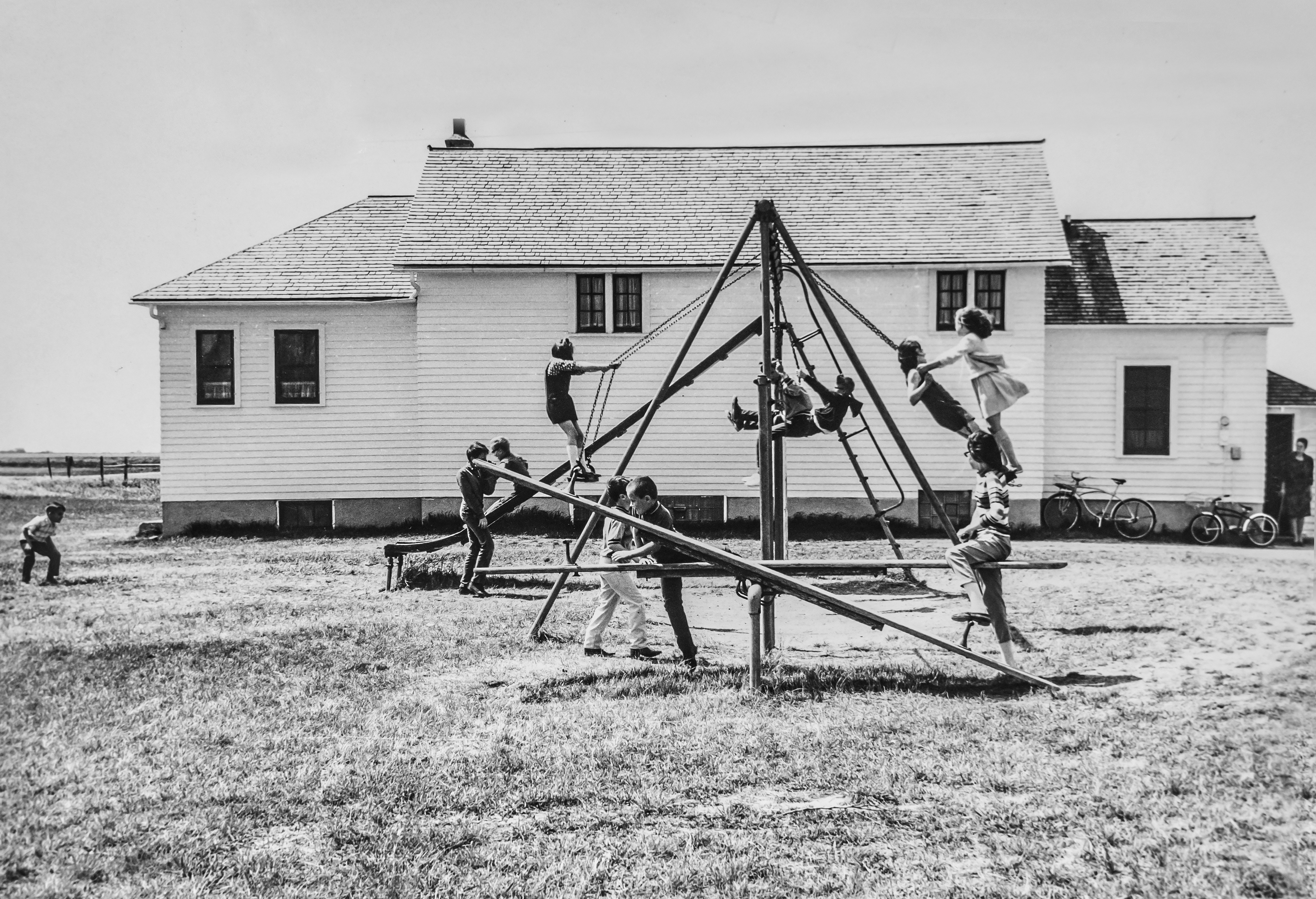
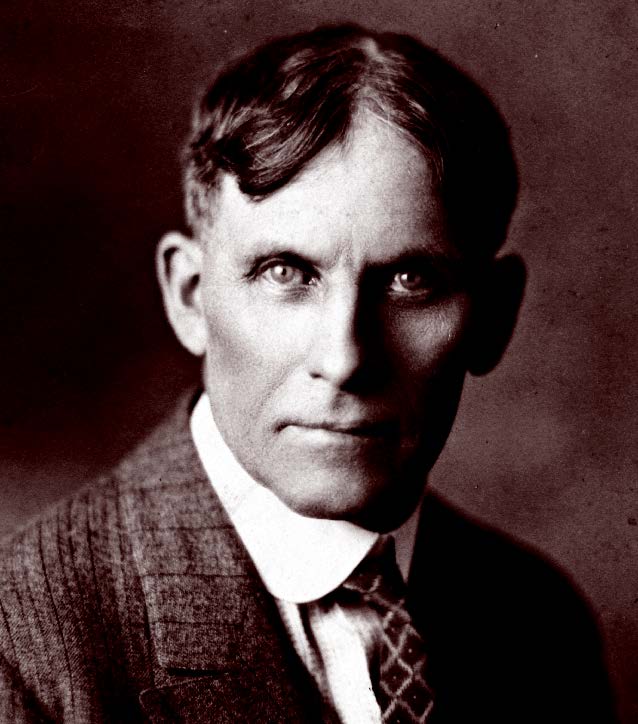 The Rural Educator: M.M. Guhin 1871-1941
The Rural Educator: M.M. Guhin 1871-1941 Miss Helen Bergh: 1908-2002
Miss Helen Bergh: 1908-2002


